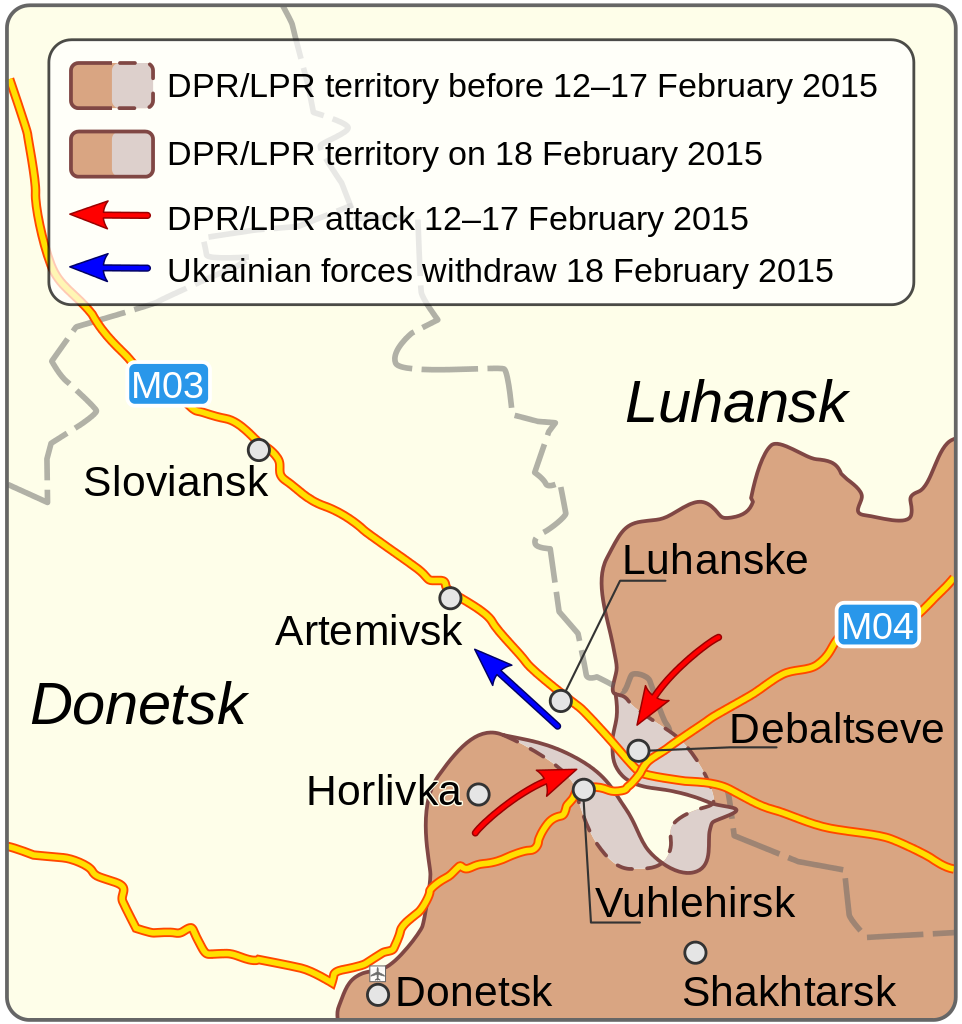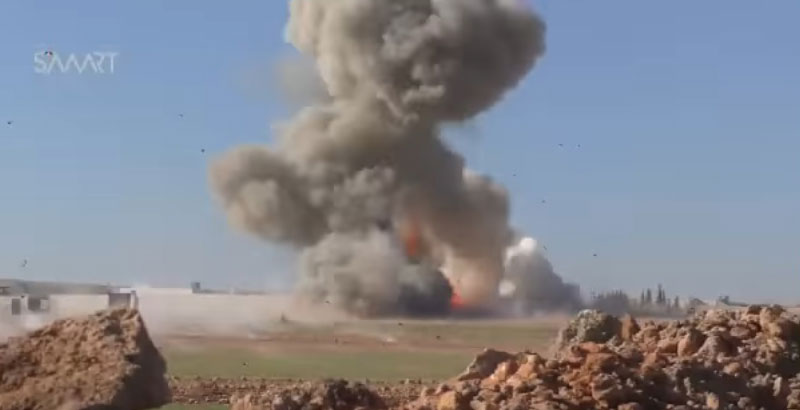 Steven Miller of Shephard Media reports that the U.S. Army is moving forward with its assault gun light tank Mobile Protected Firepower (MPF) program. He quotes Colonel William Nuckols, director of the Mounted Requirements Division at the U.S. Army Maneuver Center if Excellence, “As of today, [MPF] is not an ‘interim’ solution. BOIP [fielding numbers] have been determined and set. Again, as of today, every [Infantry Brigade Combat Team (IBCT)] will get a company of MPF.” Miller writes “This would see a production requirement of around 500 if the Army National Guard IBCTs, war reserves, prepositioned stocks and training needs are included.”
Steven Miller of Shephard Media reports that the U.S. Army is moving forward with its assault gun light tank Mobile Protected Firepower (MPF) program. He quotes Colonel William Nuckols, director of the Mounted Requirements Division at the U.S. Army Maneuver Center if Excellence, “As of today, [MPF] is not an ‘interim’ solution. BOIP [fielding numbers] have been determined and set. Again, as of today, every [Infantry Brigade Combat Team (IBCT)] will get a company of MPF.” Miller writes “This would see a production requirement of around 500 if the Army National Guard IBCTs, war reserves, prepositioned stocks and training needs are included.”
What has not been determined, however, is exactly which vehicle this will be, nor the specific capabilities it will have. The MPF program is part of the Army’s Combat Vehicle Modernization Strategy to remedy shortfalls in IBCT lethality and mobility in the short-term with off-the-shelf solutions. The Army is exploring trade-offs with potential manufacturers between rapid fielding, reduced price and reduced risk, and the potential for future upgrades in capabilities. It intends to finalize the program’s Capability Development Document (CDD) for approval in May 2017.
Since the MPF is intended to provide direct fire support, lethality is the prime desired capability, according to Nuckols, This is manifested in the requirement for the MPF vehicle to mount a 120mm gun, although the Army is willing to accept a 105mm gun initially. Since the Army also wants to be able to deploy two MPF vehicles by C-17 air transport, this will limit the vehicle to approximately 40 tons, or medium-weight. The Army would like the vehicle to be capable of insertion via air-drop, but since the need for direct fire support for all IBCTs is deemed more important, this likely won’t be a demand.
Nuckols suggested to Miller that the MPF “would have 15% inherent growth capacity in the platform to accept new capabilities down the road.” This would include the addition of an active protection system (APS), which has become de rigueur for modern armored vehicles. In fact, it is a bit of a surprise that the Army is even willing to field the MPF initially without it.
Off-The-Shelf Options
The Army wants the MPF sooner rather than later, so it is pursuing acquisition of off-the-shelf technology. So far, the likely candidates are General Dynamics Land System’s Griffin Technology Demonstrator and British Aerospace Engineering (BAE) Systems’ M8 Armored Gun System.
The M8 was originally designed in the 1990s as a replacement for the Army’s M551 Sheridan light tank used by airborne forces. It has a crew of three and an automatic gun-loading system. Modular armor gives it a weight of between 19 and 24 tons depending on options, which would make it air-dropable and up to three could fit in a C-17. It only mounts a 105mm gun, however, and BAE Systems plans on upgrading its infrared sight, turret electronics, and powertrain.
The Griffin mates a new lightweight, aluminum-constructed turret mounting a 120mm smoothbore gun on an Ajax Scout Specialist Vehicle chassis, originally designed for the British Army. This configuration weighs in at 28 tons, but the addition of reactive armor and APS would increase the weight. The vehicle is a “conversation starter” and would be modified based on Army feedback.
MPF and Multi-Domain Battle
As I have discussed before, the MPF concept is something of a throwback, as the U.S. Army long ago phased out dedicated direct fire support for its light infantry. The desire to move forward quickly with procurement suggests a serious concern that Army light infantry maneuver units might be left without sufficient on-call firepower in anti-access/area denial combat environments. A new article by two U.S. Marine Corps officers expresses a similar concern.
This suggests there might be some doctrinal dissonance at work as the Army and Marine Corps press forward with their Multi-Domain Battle concept. It is not entirely clear whether the Army intends for MPF to be just dedicated mobile firepower support, or if it is actually adding organic light/medium-weight tank companies to its IBCTs, or maybe both. Historically, anything that looks like a tank, even if not designed for tank combat, invariably gets pressed into that role, usually with less than happy results.
It is also interesting that the Army does not appear to be seeking a cross-domain fire solution to the problem. This could be because of the newness of the Multi-Domain Battle concept, or it might be due to some ambiguity of the role of light infantry on future battlefields. With the trend clearly shifting toward greater jointness and cross-domain targeting, it would seem odd for light infantry to be going in another direction.






